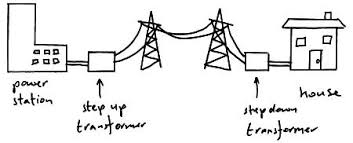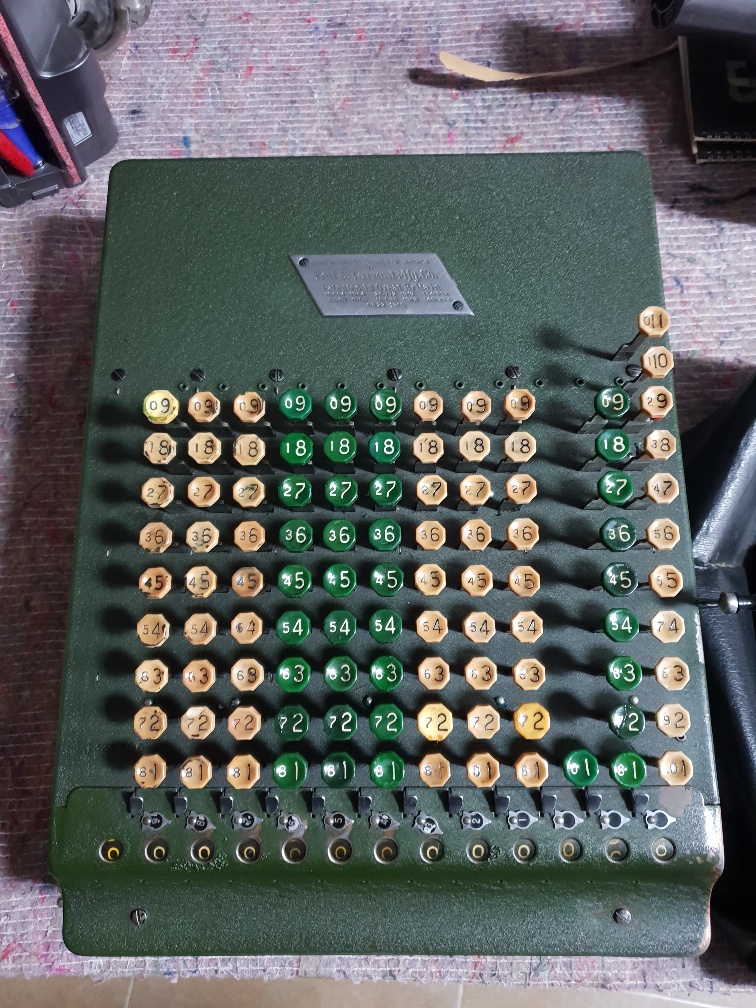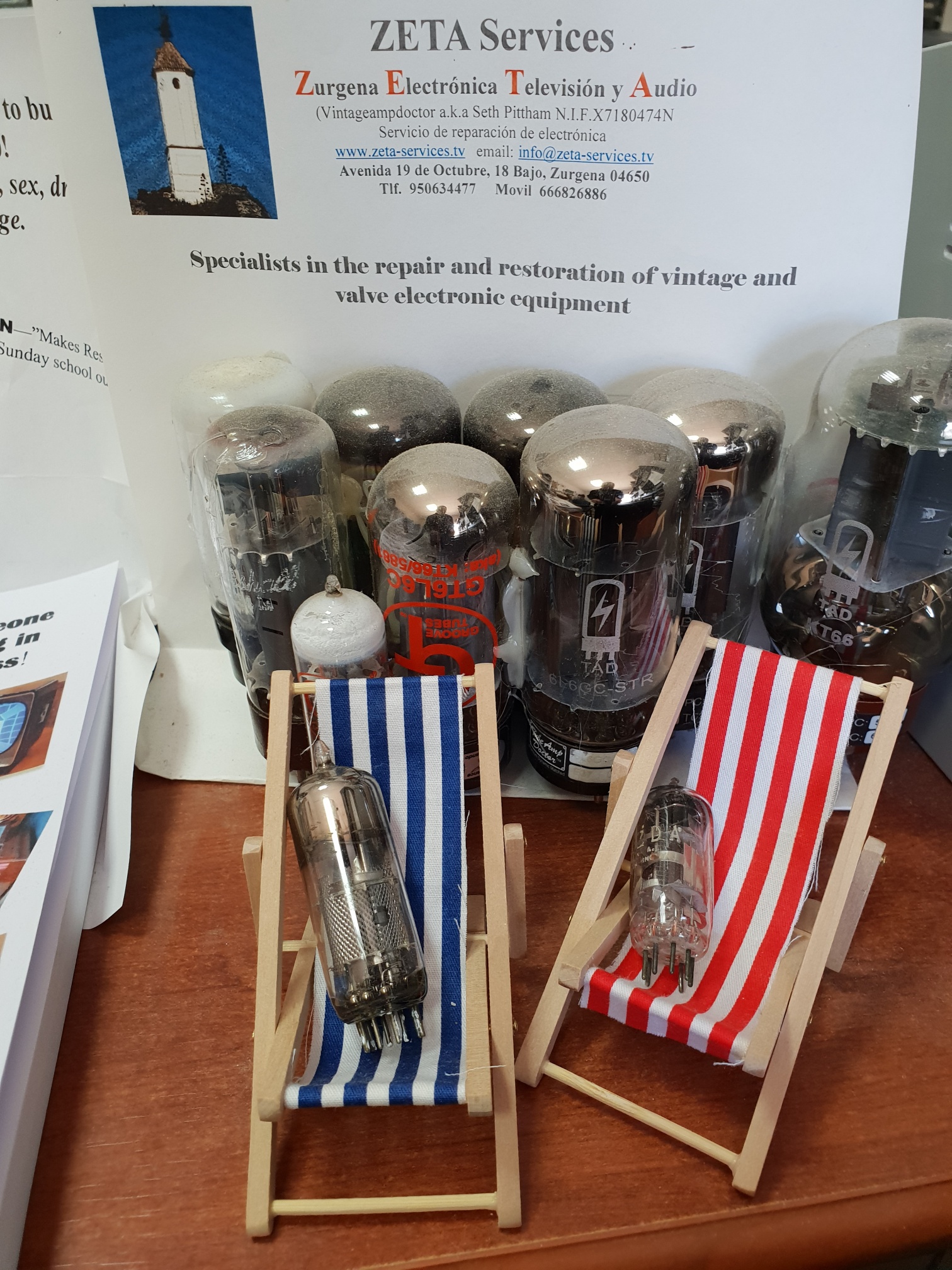
Una cosa tan simple como conectar la tele a la red eléctrica es un hecho que la mayoría de nosotros. Pero, lo que sucede detrás de conseguir la potencia de 230V CA a la toma? Te escucho todos gritan. El bastantes como es el caso y no fue hace años, por lo simples.
En la década de 1800, Nikola Tesla, con sede en EE. UU., Había diseñado un sistema para generar y distribuir 3 corriente alterna de fase (C.A.). Incluso para ese momento, la demanda de luz eléctrica, El equipo impulsado por el motor estaba aumentando rápidamente. Edison también había presentado planes para un sistema de distribución de energía, Pero usando corriente continua (corriente continua, como fuera de una batería). Gran batalla, Pero una larga historia corta, El sistema de CA de Tesla fue, con mucho, el mejor y más lógico. He aquí por qué.
DC está bien, Pero una vez que lo generas, Estás limitado a la distancia que puedes enviarlo. Tiene que ser enviado por cables y en el voltaje que lo genera en. Los cables poseen una cosa llamada resistencia. Si envías, Digamos 200 Volts DC sobre 2 millas. Lo que obtienes al final puede ser 170 voltios dependiendo de la corriente (pero queria mas informacion obviamente) Dibujas. La potencia general es igual a Volts x amperios. Qué pérdida. Asi que, Tenías que tener pequeñas estaciones de generación individual cerca de todas las conurbaciones.
Con AC (Corriente alterna), ahora puedes usar cosas llamadas transformadores. Esto hace que enviar potencia a grandes distancias sea mucho más fácil. La potencia desperdiciada que se padece sobre los cables de alimentación es una función de la corriente que se está atravesando. La potencia general que queremos en el extremo distante es igual a los amplificadores de voltios x como se mencionó anteriormente. Asi que, Si pasamos los voltios y usamos menos corriente, La pérdida en los cables es mucho menor preocupación por la misma cantidad de energía.
Gran Bretaña a principios de 1900, vio muchas pequeñas empresas generadoras, todo independiente, con todo tipo de poder que van desde 100 - 200 Voltios, Tanto DC como AC. Una pesadilla al comprar lámparas, equipo conducido por motor, etc.. Aquellos de nosotros de cierta edad recordaremos haber visto configuraciones en la parte posterior de la televisión. / Dicho inalámbrico 200, 220, 240 V, AC/DC (Nada que ver con la inclinación sexual del set). A mediados de la década de 1920, El gobierno encargó a un escocés Lord Wier, Para resolver el problema. Presentó una red, Basado en el sistema de Tesla. El Reino Unido se suministraría con potencia de CA de 50Hz, distribuido por cables aéreos con un voltaje de 132,000 Voltios. Lo llamó la parrilla. Nació el "CEB" Central Electricity Board. Por 1933, terminado 4000 Se habían desplegado millas sobre cable superior, Vinculando las mejores centrales eléctricas, acerca de 120, juntos.
Como se dijo, La belleza de AC (El poder se balancea negativo y positivo 50 veces un segundo, Por eso tu guitarra el plomo zumba cuando lo conecta), ¿Se puede transformar?. Desde la central eléctrica a una ciudad importante, los pilones superiores llevados 132,000 Voltios. Cuando esto se acercó a un pequeño pueblo, se transformaría en 11,000 V. Más cerca de las casas, nuevamente se transformaría a 230V y se alimentaría a cables subterráneos a la casa..
Esta cuadrícula que atraviesa el país permite que cualquier estación de energía se enganche y se alimente en energía. Ahora, El voltaje de CA se balancea hacia adelante y hacia atrás 50 veces un segundo (frecuencia, llamado hertz) y antes de que la estación de alimentación se conecte, los generadores (Alternadores) tener que estar completamente sincronizado con el voltaje en la cuadrícula. Esta frecuencia está vinculada a la velocidad de rotación de los generadores. Hacer esto mal ... corre y esconderse. Los generadores podrían pasar a los bits, Con mucho papeleo para completar antes de ir a casa.
La precisión de la frecuencia, 50Hz, es importante, Aunque no tanto en estos días. En el pasado, Muchos artículos usaron motores de inducción eléctrica. La velocidad de estos está determinada por la frecuencia del voltaje. Un reloj por ejemplo, Correría lento si la frecuencia se redujera a 48 Hz. Una tolerancia aceptada es 0.1% Y eso es variado, + y – terminado 24 Horas haciendo un promedio.
El monitoreo de la demanda de energía de la red es crucial. Las empresas estudian los horarios de televisión y los eventos sociales, en preparación para producir potencia adicional cuando sea necesario. Un programa de televisión de alta audiencia, por ejemplo, termina en 21.00 horas. Hervidores, se ponen las microondas y la demanda puede aumentar 10%. Por lo tanto, las estaciones de energía deben estar listas para las calderas, Abra los grifos de gas, saca las varillas del reactor y arroja más paletas rápidamente.
Las cuadrículas 90º cumpleaños! Pastelero, cocinado en un horno eléctrico, por supuesto.
Seth, Servicios zeta.








